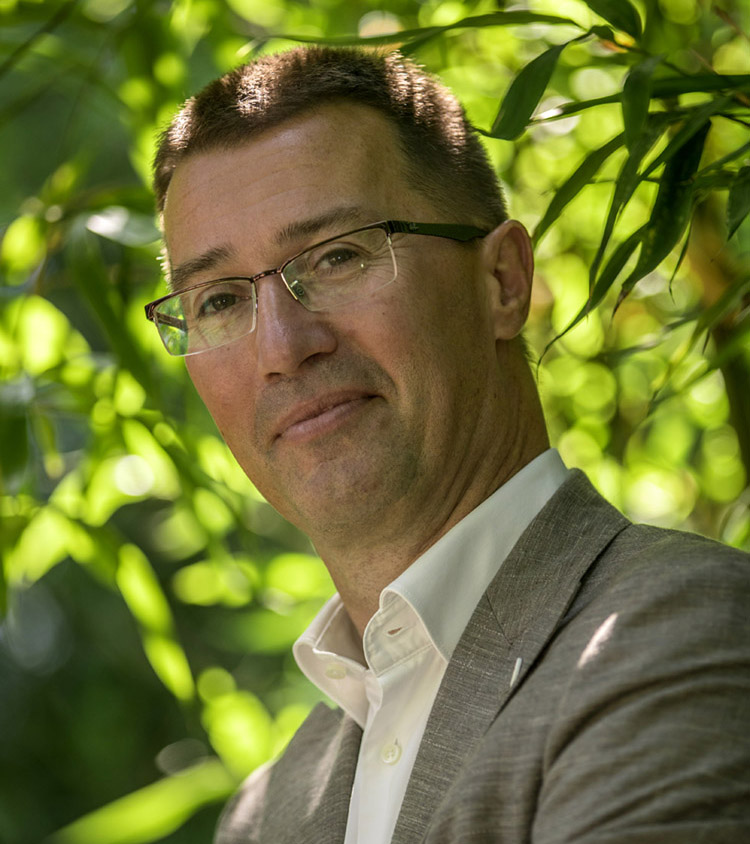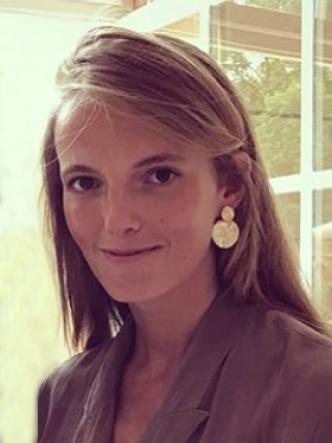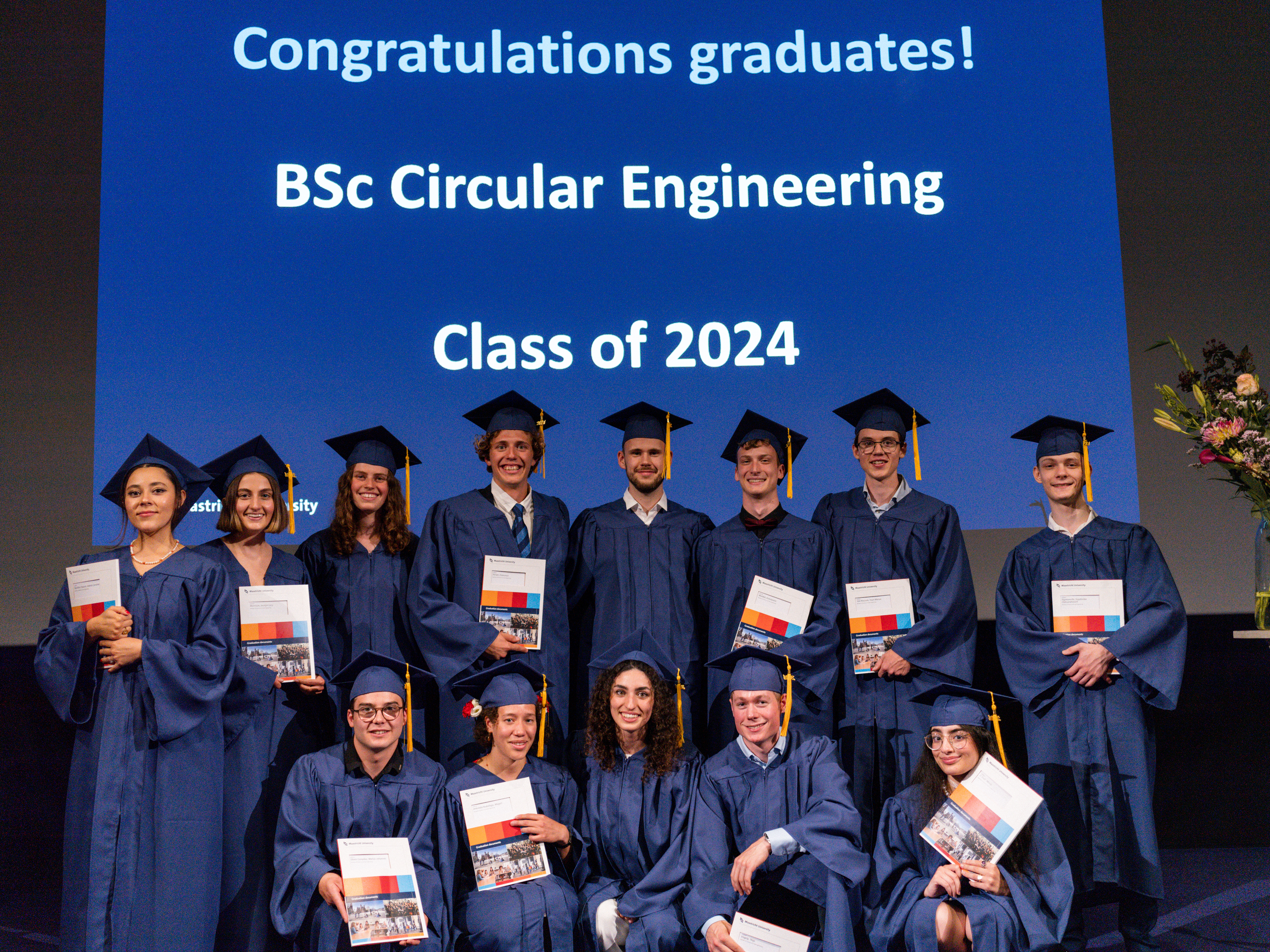ASI: From science to business
“New technology creates new opportunities, and it is our job to identify them. In this complex process, it is imperative that someone deep within that technology, such as Professor Ron Heeren, thinks along and brainstorms. I think it is almost impossible to create applications otherwise”, says Hans Brouwer, CEO of Amsterdam Scientific Instruments (ASI), on the vital cross-fertilisation that leads to the valorisation of scientific research.
Before prof. Ron Heeren came to Maastricht University in 2014, he and his group were members of the Institute for Atomic and Molecular Physics (AMOLF). Right next door in Amsterdam is Nikhef, also an NWO institute, which focuses on subatomic physics. The company Amsterdam Scientific Instruments (ASI) originated from these two institutes (which, incidentally, work closely with CERN, the European organisation for nuclear research) in 2011. Ron Heeren was one of the driving forces at AMOLF and is still closely involved in the further development of its products.
“Cameras” for displaying the smallest elements
ASI develops, produces and supplies detectors that can image the smallest elements: electrons, ions, photons, neutrons and more. In addition to these “cameras”, the company also supplies and develops the software required for the complex equipment. Currently, their customers come from the scientific world: from TU Delft to the University of Adelaide, and from sectors where modern material research is high on the agenda, such as solar cells and batteries. Eventually, ASI also hopes to develop industrial applications for medical care. Brouwer: “We are working together with Ron on the further development of detectors, with which he again conducts research. Hopefully, this will eventually result in a few good applications with detectors that can be made industrially.”
The importance of face to face contact remains
Now that Ron Heeren is no longer working at AMOLF in Amsterdam, but at UM in Maastricht, just dropping in for a cup of coffee and consultation is no longer that easy. “That’s why we’ve added one of our employees to the research group in Maastricht to work on the development of the equipment on site. Face to face contact is also important in these kinds of complex processes.” An important part of the detectors ASI develops is a type of chip that also reads the data. The Medipix consortium – a consortium of European universities, led by CERN – is developing the chip. Ron Heeren and his group are also members of this consortium, which produces an improved version of the chip in cycles of around five years, with the support of the business community.
Finding opportunities for valorisation is preferably done together
Brouwer: “As a company, I always say we are opportunistic but in a positive sense. We constantly look for opportunities to be socially relevant with our products because people will only buy them if they offer added value. I think that’s a good process and it’s something you’d like to do with an expert like Ron. These factors strengthen our competitive position as a company.” Brouwer is also good at finding opportunities for knowledge valorisation, as is evident from the company Optics11, which he founded together with Davide Iannuzzi, professor of Experimental Physics at the VU and winner of the 2018 NWO Physics Valorisation Prize.

Prof. Ron Heeren, professor of Molecular Imaging and director of UM research institute M4i, has won the 2019 NWO Physics Valorisation Prize for how he translates his physical research into social added value. Amsterdam Scientific Instruments (ASI) is one of the spin-off companies that originated from Heeren’s scientific knowledge.
Also read the interview with Ron Heeren.
Also read
-
Aleksandra Komornicka has received a Veni grant of € 320,000 from NWO for her project ‘The Market Next Door: Western European Multinationals and the Remaking of Central Europe, 1969-1993’.
-
"We are the pioneers in a brand-new field of engineering sciences, not just in Maastricht but globally as well", says Francesco Ferrari about the group of thirteen students, himself included, who in July received the first bachelor's degree in Circular Engineering.
-
Moving orange spots on a yellow background are the first indication that something unusual is taking place in Maastricht's limestone quarry, Sint-Pietersberg. A closer look reveals that these are people clothed in orange vests. They are Maastricht Science Programme students and supervisors.

